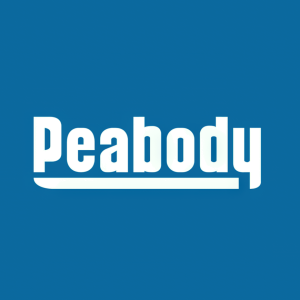Peabody Announces New $320 Million Revolving Credit Facility
"This new revolving credit facility is intended to further enhance our financial resiliency during the period of investment at the Centurion Mine as part of our strategy to reweight Peabody's long-term production and revenue toward premium Australian metallurgical coal," said Mark Spurbeck, Peabody's Chief Financial Officer. "Over the past two years, we have strengthened our balance sheet and implemented an initial
PNC Bank, National Association is the administrative agent for the revolving credit facility, and PNC Capital Markets LLC acted as lead arranger and bookrunner in connection with the closing of the facility.
Peabody is a leading coal producer, providing essential products for affordable, reliable energy and steel. Our commitment to sustainability underpins everything we do and shapes our strategy for the future. For further information, visit PeabodyEnergy.com.
Contact:
Karla Kimrey
314.342.7890
Forward-looking Statements
This news release contains certain forward-looking statements regarding our business and financing plans, objectives and strategies, including with respect to the Centurion mine and our long-term production strategy, that are based on our current expectations and involve numerous risks and uncertainties that may cause these forward-looking statements to be inaccurate. Risks that may cause these forward-looking statements to be inaccurate include, among others: (i) prevailing market conditions, (ii) the impact of general economic, industry or political conditions in
![]() View original content to download multimedia:https://www.prnewswire.com/news-releases/peabody-announces-new-320-million-revolving-credit-facility-302038517.html
View original content to download multimedia:https://www.prnewswire.com/news-releases/peabody-announces-new-320-million-revolving-credit-facility-302038517.html
SOURCE Peabody









